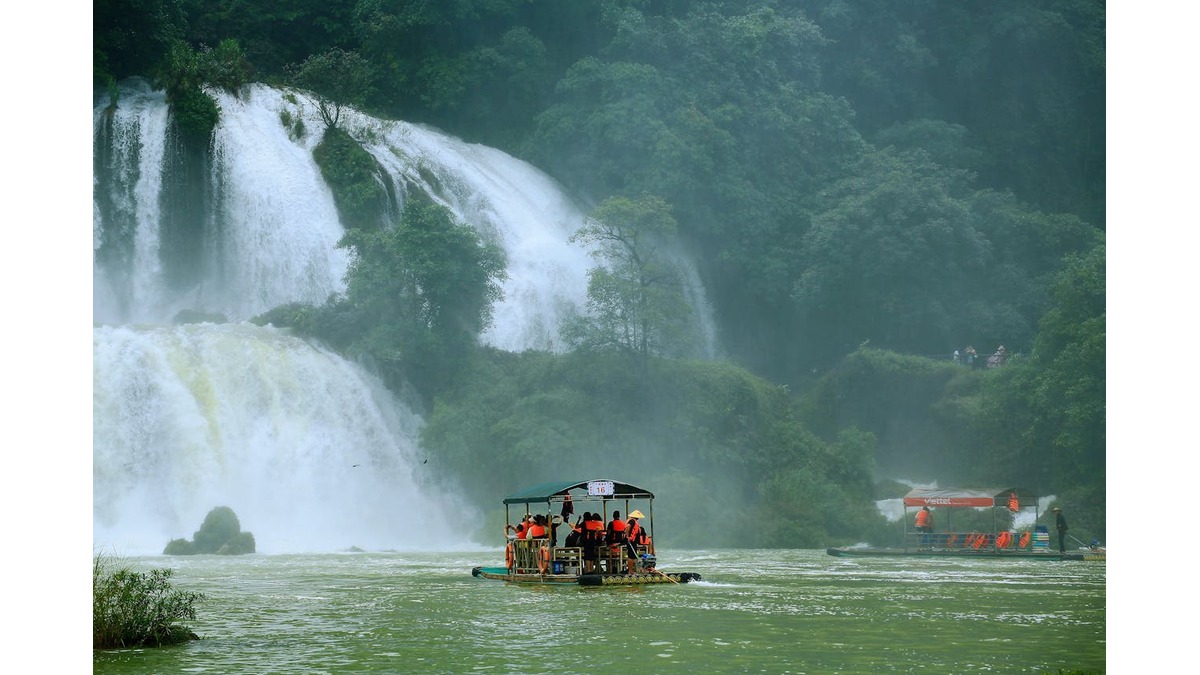Introduction to the Whirlpool Phenomenon
The Whirlpool of Water nyt is one of nature’s most fascinating and powerful phenomena. Often observed in oceans, rivers, and even in small bodies of water, whirpools represent a dynamic interaction of physical forces that create impressive and sometimes hazardous effects. This article delves into the science behind whirlpools, their types, and their impact on both natural environments and human activities.
Understanding the Mechanics of a Whirlpool
A whirlpool forms when a current of water flows into an area of swirling motion, causing the water to spiral inward. This spiraling motion is typically driven by a combination of gravity, centrifugal force, and the Coriolis effect. The fundamental principle behind a whirlpool involves the conservation of angular momentum, which dictates that as water moves toward the center of the whirlpool, it speeds up, creating a powerful vortex.
Formation of a Whirlpool
The formation of a whirlpool generally occurs under specific conditions:
- Water Flow: A significant flow of water, either from a river current or tidal action, is necessary for whirlpool formation.
- Obstructions: Natural or artificial obstructions can disturb the flow, leading to the development of swirling motions.
- Depth Variations: Changes in water depth can amplify the whirlpool effect, with deeper waters often producing more intense vortices.
Types of Whirlpools
Whirlpools can vary greatly in size and intensity, leading to different classifications. Here are the primary types of whirlpools:
Oceanic Whirlpools
Oceanic whirlpools are massive and can be found in various parts of the world. They often result from the interaction of ocean currents and tides. Some notable examples include:
- The Maelstrom: Located in Norway, this whirlpool is notorious for its powerful swirling waters.
- The Old Sow: Situated between the U.S. and Canada, it is one of the largest and most well-known oceanic whirlpools.
River Whirlpools
River whirlpools are generally smaller but can still be quite dangerous. They form when strong currents interact with obstacles in rivers. Key characteristics include:
- Localized Effect: These whirlpools are often confined to specific regions of a river.
- Dynamic Changes: River whirlpools can change rapidly in response to variations in water flow and obstacles.
Man-Made Whirlpools
Man-made whirlpools are created through the design of water features or by deliberate actions. Examples include:
- Hydroelectric Dams: Certain dam designs can induce whirlpool effects in the downstream flow.
- Water Parks: Some water parks use whirlpool designs in their attractions for entertainment purposes.
Impact of Whirlpools on the Environment
Whirlpools can have a significant impact on the surrounding environment. These effects include:
Erosion and Sedimentation
Whirlpools contribute to erosion by increasing the velocity of water flow, which can erode riverbanks and coastal areas. Additionally, they can affect sedimentation patterns, redistributing materials and impacting aquatic habitats.
Marine Life Disruption
In marine environments, whirlpools can disrupt marine life by altering habitats and affecting the distribution of nutrients. Fish and other aquatic organisms may be displaced or affected by the turbulent conditions.
Whirlpools in Human History and Culture
Throughout history, whirlpools have been both feared and revered. Their appearance in myths and legends highlights their powerful and often mysterious nature.
Mythological Significance
Many cultures have myths about whirlpools. For example:
- The Greek Myth of Charybdis: In Homer’s “Odyssey,” Charybdis is depicted as a sea monster that creates a whirlpool to devour sailors.
- Norse Mythology: The Norse believed in whirlpools as manifestations of powerful sea deities.
Historical Accounts
Historically, whirlpools have been documented in various explorer accounts and navigational records. Sailors and explorers often had to navigate around dangerous whirlpools to avoid shipwrecks.
Safety Measures and Navigation Around Whirlpools
Navigating near a whirlpool requires caution and understanding of the conditions that create these powerful vortices. Key safety measures include:
Avoiding High-Risk Areas
Boaters and swimmers should avoid areas known for whirlpool activity, particularly in regions with strong currents and varying water depths.
Understanding Local Conditions
Local knowledge and awareness of water flow patterns can help in identifying potential whirlpool formations and avoiding dangerous situations.
Conclusion
The whirlpool of water remains one of nature’s most captivating phenomena, demonstrating the complex interactions between physical forces and water flow. Whether in oceans, rivers, or engineered environments, understanding whirlpools is crucial for both appreciating their natural beauty and ensuring safety. By grasping the mechanics, types, and impacts of whirlpools, we gain valuable insights into their role in both natural ecosystems and human history. the ://vital-mag.net blog
